How to Thaw a Turkey in the Kitchen Sink
Thawing a turkey in the kitchen sink is a convenient and popular method for preparing your bird for cooking. While there are other methods for thawing a turkey, using the sink can save you time and effort. In this guide, we will discuss the dos and don'ts of thawing a turkey in the kitchen sink, as well as provide helpful tips and tricks. So, let's get started!
Thawing a Turkey in the Kitchen Sink: A Step-by-Step Guide
The first step in thawing your turkey in the sink is to make sure the sink is clean and sanitized. You don't want any bacteria or germs from previous dishes to come in contact with your turkey. Once your sink is clean, fill it with cold water, making sure the water reaches above the turkey. It's important to use cold water as opposed to warm or hot water, as this can promote bacterial growth.
Next, place your turkey in a leak-proof plastic bag or wrap it tightly with plastic wrap. Make sure the turkey is completely submerged in the water and no air is trapped inside the bag or wrap. This will help the turkey thaw evenly and prevent any potential contamination.
Now, it's time to wait. The amount of time it takes to thaw a turkey in the sink depends on its size. As a general rule of thumb, it takes about 30 minutes per pound of turkey. So, if you have a 12-pound turkey, it will take approximately 6 hours to thaw. It's important to keep an eye on the turkey and check the water every 30 minutes to make sure it stays cold and the turkey stays submerged.
Once the turkey is completely thawed, remove it from the sink and immediately cook it. It's important not to let the turkey sit at room temperature for too long, as this can increase the risk of bacterial growth.
Thawing a Turkey in the Sink: Tips and Tricks
Thawing a turkey in the kitchen sink may seem like a simple task, but there are some helpful tips and tricks that can make the process even easier.
First, if you don't have a leak-proof plastic bag or plastic wrap, you can use a brining bag or a large cooler to thaw your turkey. Just make sure to clean and sanitize the container before using it.
It's also important to avoid using warm or hot water to speed up the thawing process. This can promote bacteria growth and can also affect the quality of the turkey.
If you're short on time, you can use the cold water method to thaw your turkey faster. Simply replace the water in the sink every 30 minutes until the turkey is completely thawed.
Lastly, it's important to always follow the recommended guidelines for thawing a turkey. This will ensure your turkey is safe to eat and will result in a delicious and juicy bird.
Thawing a Turkey in the Kitchen Sink: Dos and Don'ts
When it comes to thawing a turkey in the sink, there are some important dos and don'ts to keep in mind.
Do use cold water to thaw your turkey.
Do keep an eye on the turkey and check the water every 30 minutes.
Do make sure the turkey is completely submerged and the bag or wrap is leak-proof.
Don't use warm or hot water to thaw your turkey.
Don't leave the turkey at room temperature for too long.
Don't refreeze a turkey that has been thawed in the sink.
Thawing a Turkey in the Sink: Common Mistakes to Avoid
Thawing a turkey in the kitchen sink is a simple process, but there are some common mistakes that can lead to food safety concerns.
One of the most common mistakes is not using cold water. As mentioned before, using warm or hot water can promote bacterial growth and affect the quality of the turkey.
Another mistake is not keeping an eye on the turkey and the water level. If the turkey is not completely submerged, it may not thaw evenly, which can lead to food safety concerns.
It's also important not to leave the turkey at room temperature for too long. Bacteria can grow rapidly at room temperature, so it's important to cook the turkey as soon as it's completely thawed.
Thawing a Turkey in the Kitchen Sink: Safety Precautions
When handling raw poultry, it's important to take safety precautions to prevent the spread of bacteria.
Always wash your hands before and after handling raw turkey. This will help prevent cross-contamination.
Make sure to clean and sanitize any surfaces that come in contact with the raw turkey, including the sink, cutting board, and utensils.
It's also important to cook the turkey to the recommended internal temperature to ensure it is safe to eat.
How Long Does it Take to Thaw a Turkey in the Kitchen Sink?
The amount of time it takes to thaw a turkey in the sink depends on its size. As a general rule of thumb, it takes about 30 minutes per pound of turkey. So, if you have a 12-pound turkey, it will take approximately 6 hours to thaw.
It's important to note that this is just an estimate and the actual time may vary depending on factors such as the temperature of the water, the size of the turkey, and the type of packaging.
Alternative Methods for Thawing a Turkey in the Kitchen Sink
If you don't have time to thaw your turkey in the sink, there are other methods you can use.
The refrigerator method is the safest and most recommended method for thawing a turkey. Simply place the turkey in the fridge and allow it to thaw slowly over a few days. This method may take longer, but it ensures the turkey stays at a safe temperature throughout the thawing process.
You can also use the microwave to thaw a turkey, but this method requires careful monitoring to prevent the turkey from cooking in some areas.
Thawing a Frozen Turkey in the Kitchen Sink: FAQs
Q: Can I refreeze a turkey that has been thawed in the sink?
A: No, it is not safe to refreeze a turkey that has been thawed in the sink. Once a turkey is thawed, it should be cooked immediately.
Q: Is it safe to use hot water to thaw a turkey in the sink?
A: No, it is not safe to use hot water to thaw a turkey in the sink. Always use cold water to prevent bacterial growth.
Q: How can I tell if my turkey is fully thawed?
A: You can tell if a turkey is fully thawed by checking the texture of the meat. The meat should be soft and pliable, not hard and icy.
Thawing a Turkey in the Kitchen Sink: Troubleshooting Common Issues
If you encounter any problems when thawing a turkey in the sink, here are some solutions to common issues.
If the turkey is not fully submerged in water, add more cold water to the sink.
If the turkey is still frozen after the recommended thawing time, you can use the cold water method to speed up the process.
If the turkey is partially thawed, you can still cook it, but it may take longer to cook than a fully thawed turkey.
In conclusion, thawing a turkey in the kitchen sink is a safe and convenient method for preparing your bird for cooking. By following these tips and guidelines, you can ensure a delicious and safe turkey for your next holiday meal. Happy cooking!
Thawing a Turkey in Your Kitchen Sink: What You Need to Know

Why Thawing Your Turkey in the Sink is a Good Idea
 When it comes to preparing a turkey for your holiday feast, one of the most important steps is thawing it properly. Thawing your turkey in the kitchen sink is a popular method, and for good reason. Not only is it a convenient and practical way to defrost your turkey, but it also ensures that your turkey stays safe to eat.
Thawing
a turkey in the sink is a simple process that requires minimal effort. All you need to do is place your frozen turkey in a clean sink and let it sit in cold water. The water should be changed every 30 minutes to ensure that the turkey stays at a safe temperature. This method is especially helpful for those who are short on time, as it can significantly reduce the thawing time compared to other methods. Plus, you don't have to worry about constantly checking on your turkey as it thaws.
When it comes to preparing a turkey for your holiday feast, one of the most important steps is thawing it properly. Thawing your turkey in the kitchen sink is a popular method, and for good reason. Not only is it a convenient and practical way to defrost your turkey, but it also ensures that your turkey stays safe to eat.
Thawing
a turkey in the sink is a simple process that requires minimal effort. All you need to do is place your frozen turkey in a clean sink and let it sit in cold water. The water should be changed every 30 minutes to ensure that the turkey stays at a safe temperature. This method is especially helpful for those who are short on time, as it can significantly reduce the thawing time compared to other methods. Plus, you don't have to worry about constantly checking on your turkey as it thaws.
How to Properly Thaw Your Turkey in the Sink
 The first step in thawing your turkey in the sink is to make sure that your sink is clean and sanitized. This will help prevent any bacteria from contaminating your turkey. Then, fill the sink with enough cold water to cover the turkey. It's important to use cold water, as warm water can cause the outer layers of the turkey to thaw at a faster rate, which can lead to bacteria growth.
Pro tip:
Place a heavy object, such as a pot or bowl, on top of the turkey to keep it submerged in the water. This will help ensure that your turkey thaws evenly.
As mentioned earlier, the water should be changed every 30 minutes. This is because as the turkey thaws, the water will become colder and could potentially cause bacteria to grow. This step is crucial in keeping your turkey safe to eat.
The first step in thawing your turkey in the sink is to make sure that your sink is clean and sanitized. This will help prevent any bacteria from contaminating your turkey. Then, fill the sink with enough cold water to cover the turkey. It's important to use cold water, as warm water can cause the outer layers of the turkey to thaw at a faster rate, which can lead to bacteria growth.
Pro tip:
Place a heavy object, such as a pot or bowl, on top of the turkey to keep it submerged in the water. This will help ensure that your turkey thaws evenly.
As mentioned earlier, the water should be changed every 30 minutes. This is because as the turkey thaws, the water will become colder and could potentially cause bacteria to grow. This step is crucial in keeping your turkey safe to eat.
Why Thawing Your Turkey in the Sink is Safe
 You may be wondering if it's safe to thaw your turkey in the kitchen sink. The answer is yes, as long as you follow the proper steps. Thawing a turkey in the sink is safe because the water keeps the turkey at a safe temperature and prevents bacteria growth. It's important to note that this method should only be used for smaller turkeys, as larger ones may take too long to thaw and could cause the water temperature to rise to an unsafe level.
Final Thoughts:
Thawing your turkey in the kitchen sink is a convenient and safe method that can save you time and stress during the holiday season. Just remember to keep the sink clean, change the water every 30 minutes, and use cold water for the best results. With these tips in mind, you can have a perfectly thawed turkey ready for your holiday feast.
You may be wondering if it's safe to thaw your turkey in the kitchen sink. The answer is yes, as long as you follow the proper steps. Thawing a turkey in the sink is safe because the water keeps the turkey at a safe temperature and prevents bacteria growth. It's important to note that this method should only be used for smaller turkeys, as larger ones may take too long to thaw and could cause the water temperature to rise to an unsafe level.
Final Thoughts:
Thawing your turkey in the kitchen sink is a convenient and safe method that can save you time and stress during the holiday season. Just remember to keep the sink clean, change the water every 30 minutes, and use cold water for the best results. With these tips in mind, you can have a perfectly thawed turkey ready for your holiday feast.
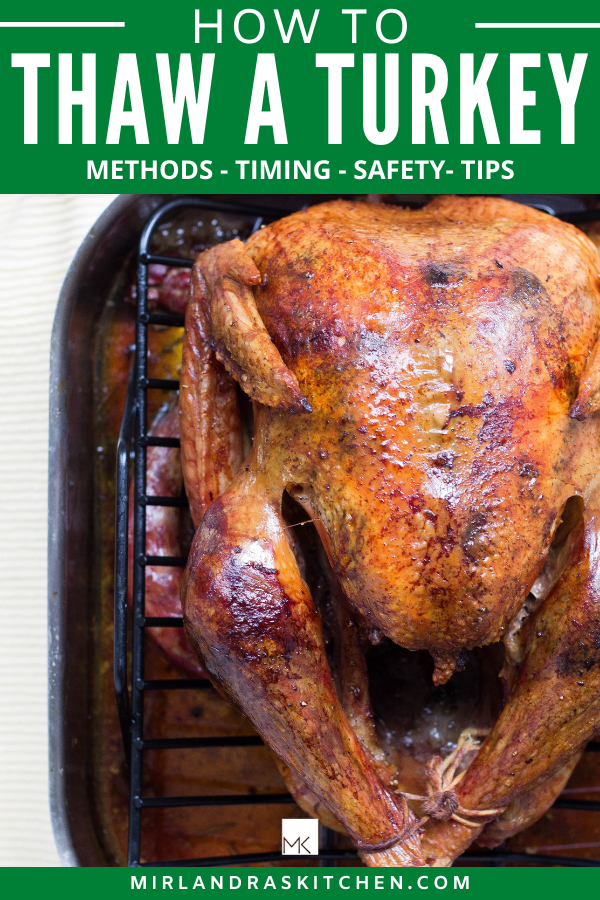

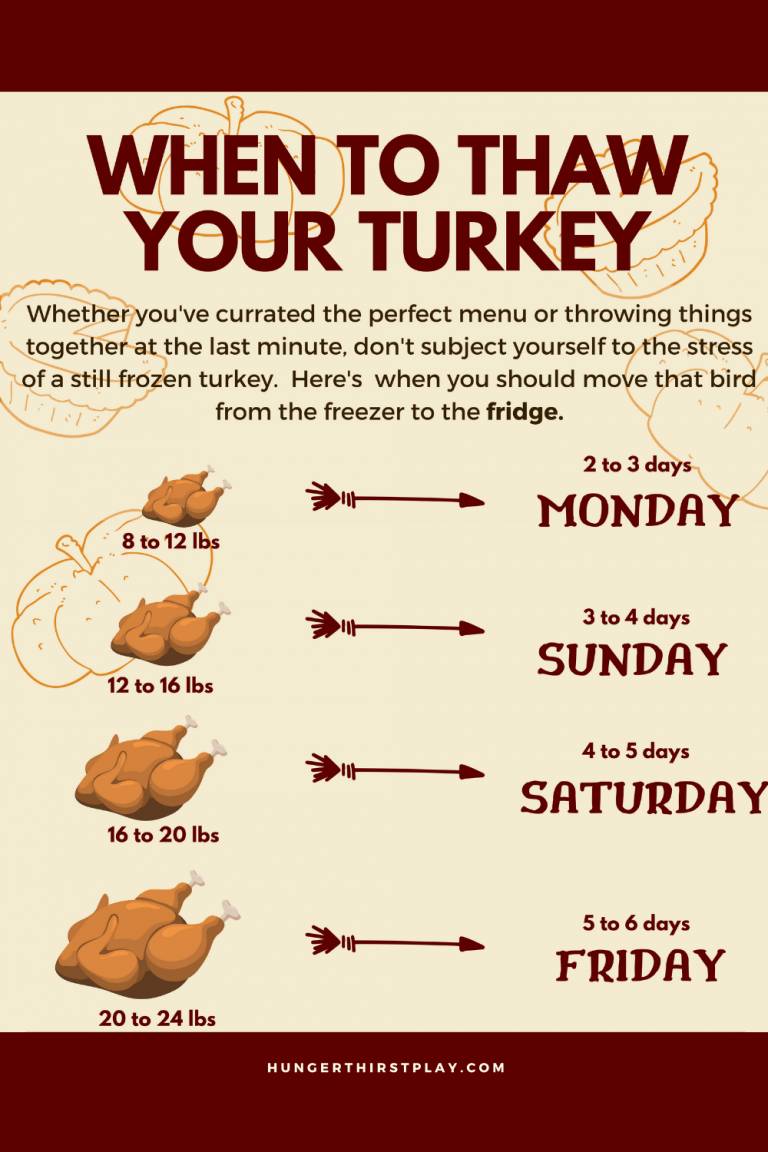





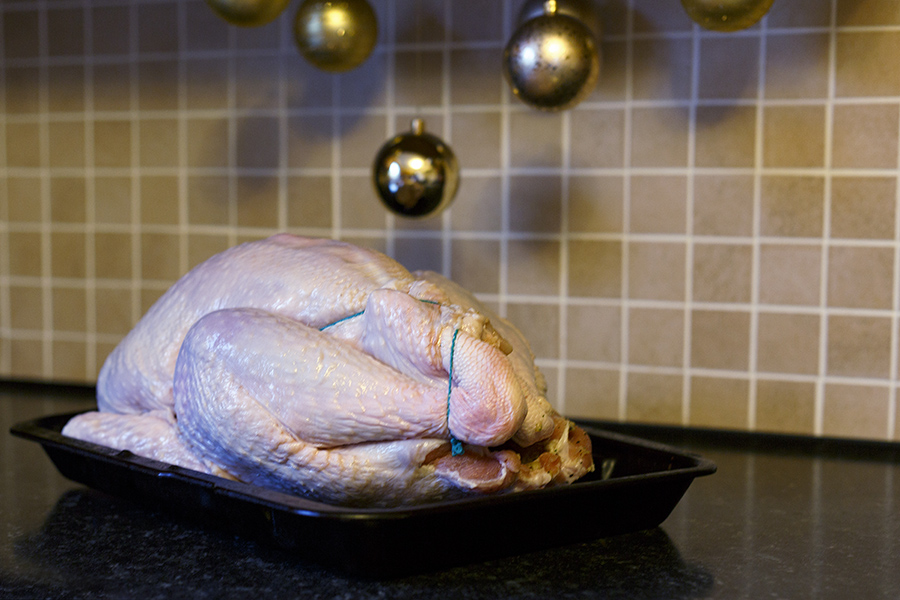






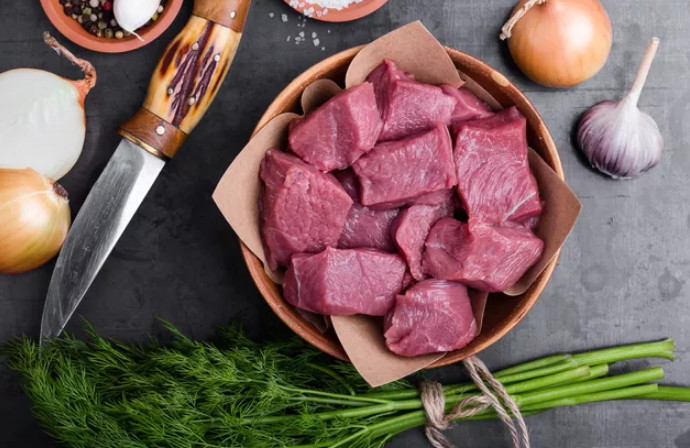
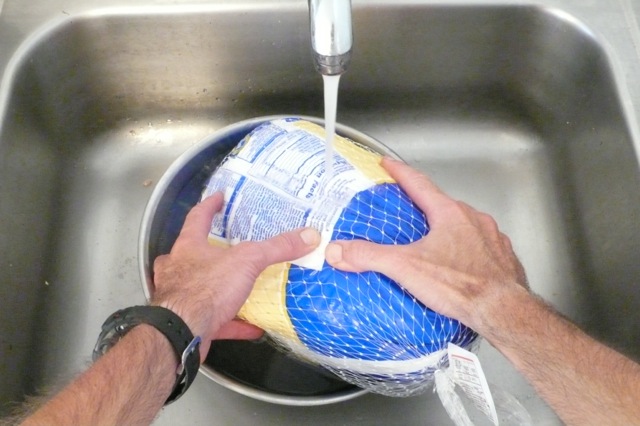


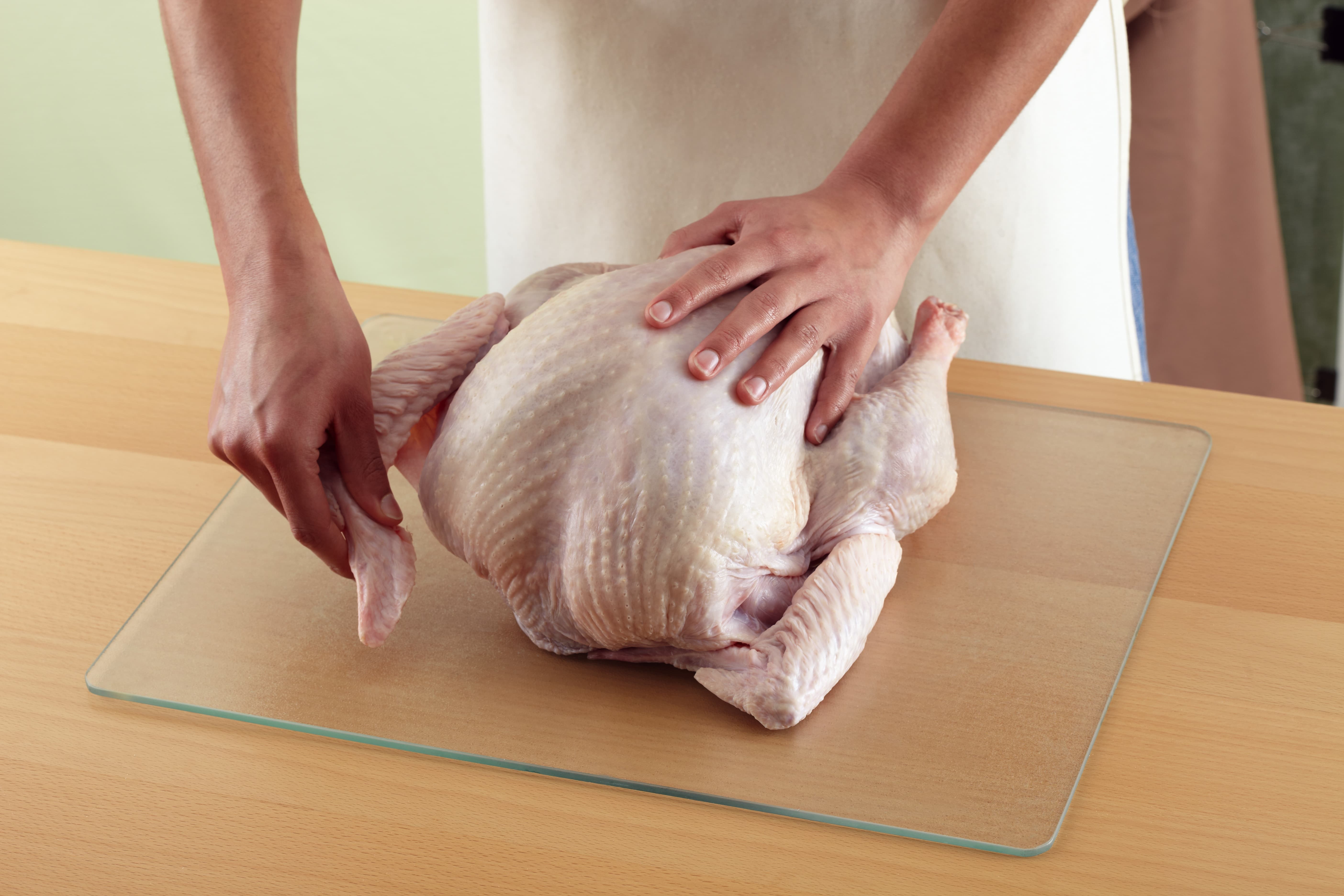




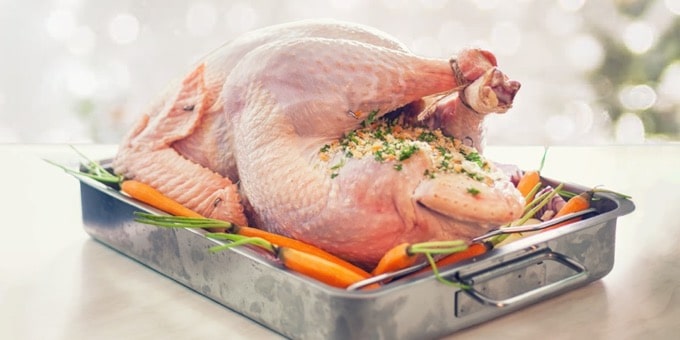







:max_bytes(150000):strip_icc()/how-to-thaw-meat-quickly-1388007-ADD-FINAL-V3-9bf7ba24bab94ad6a0422da0510765c3.png)



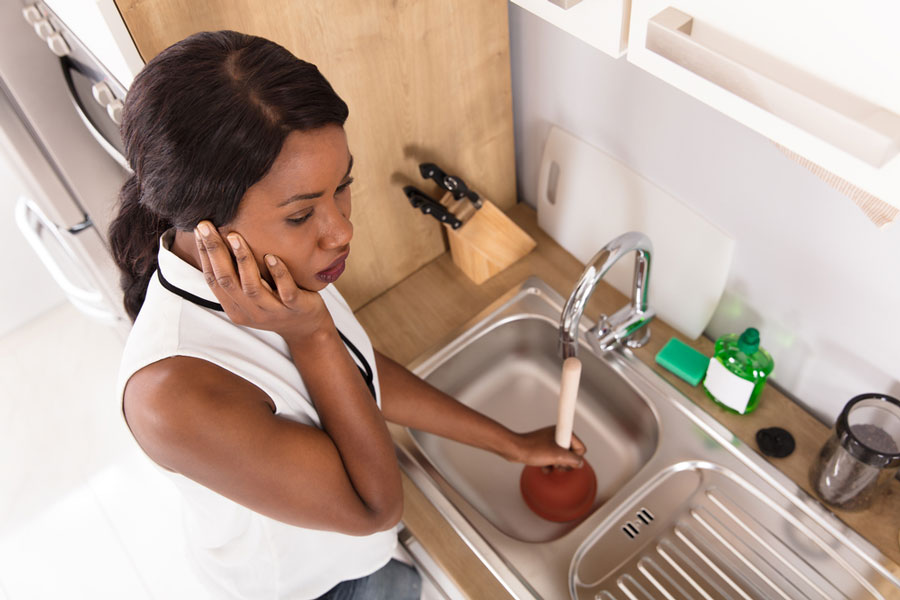

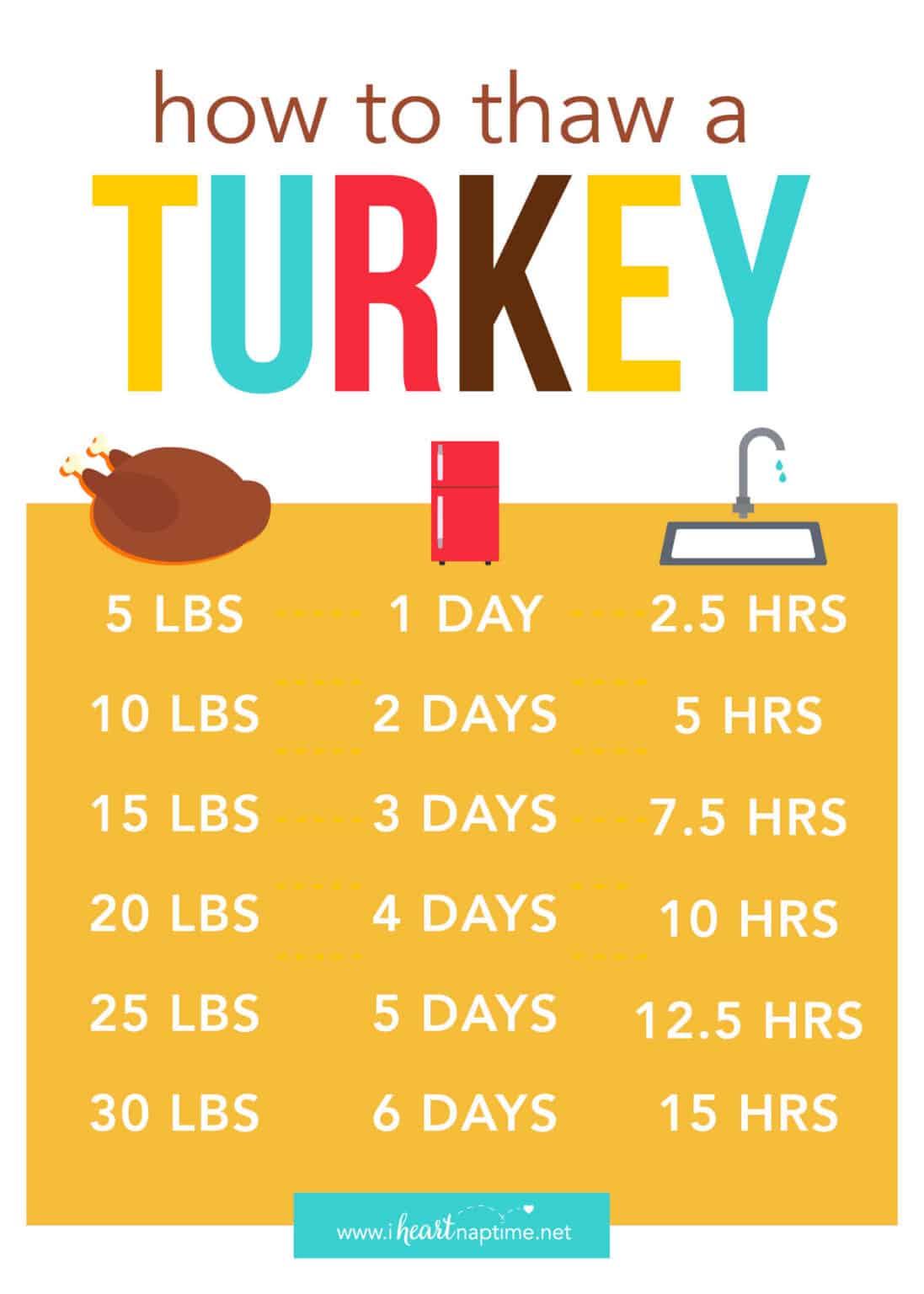






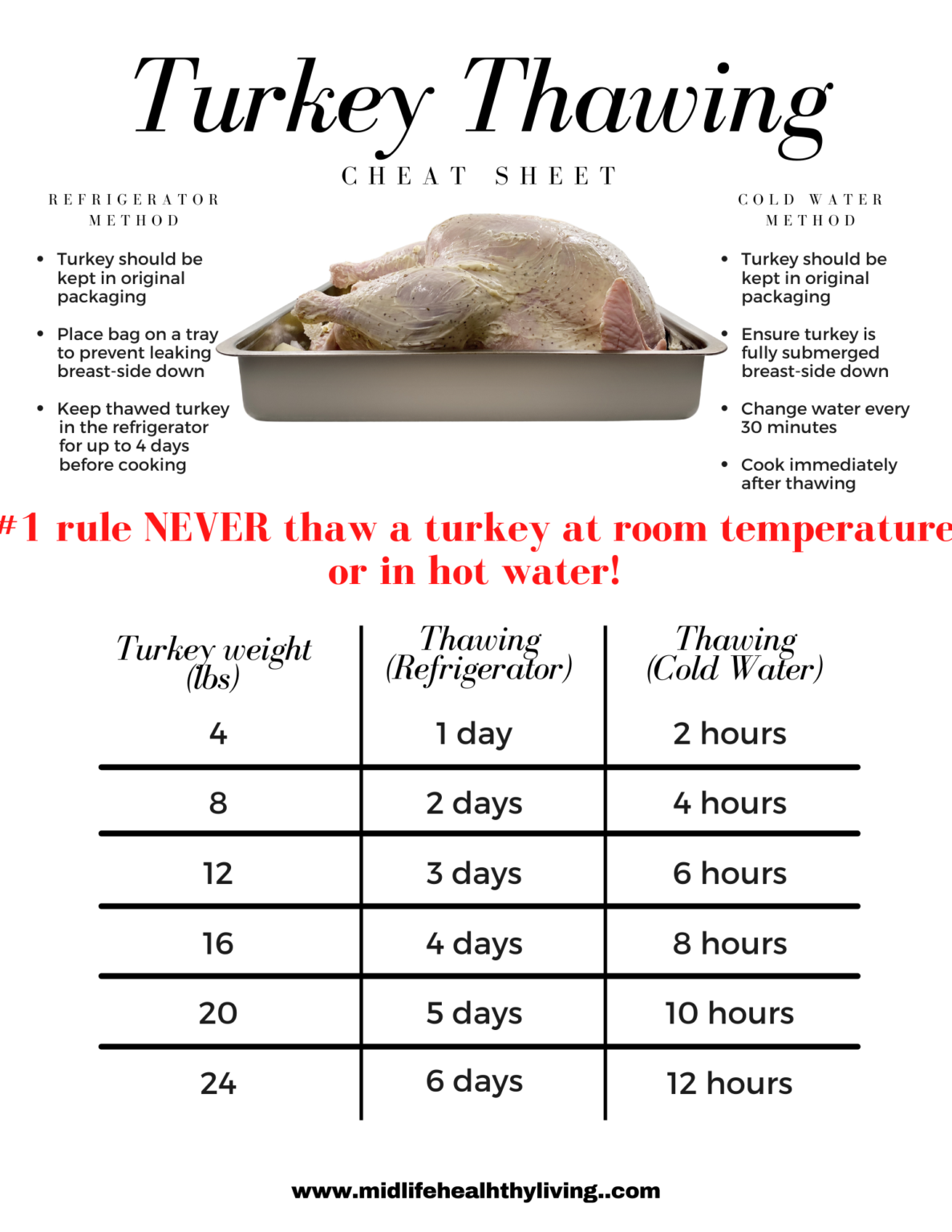

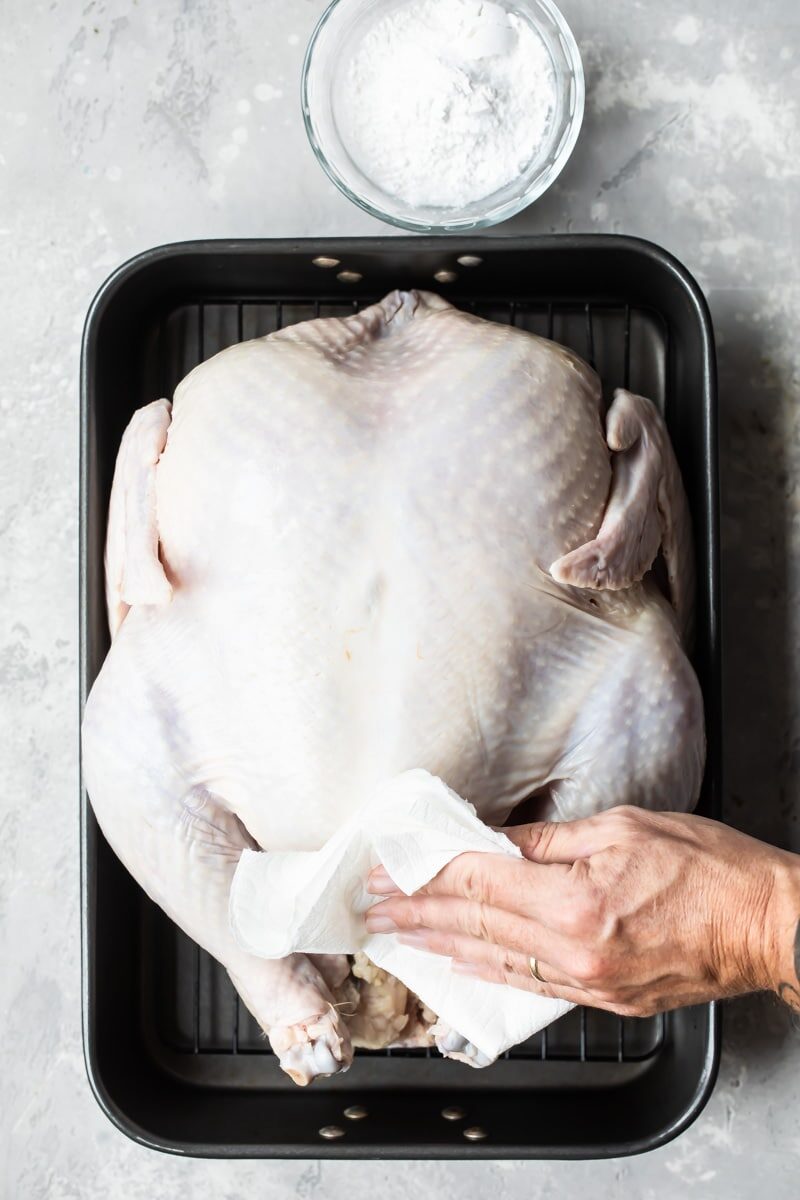

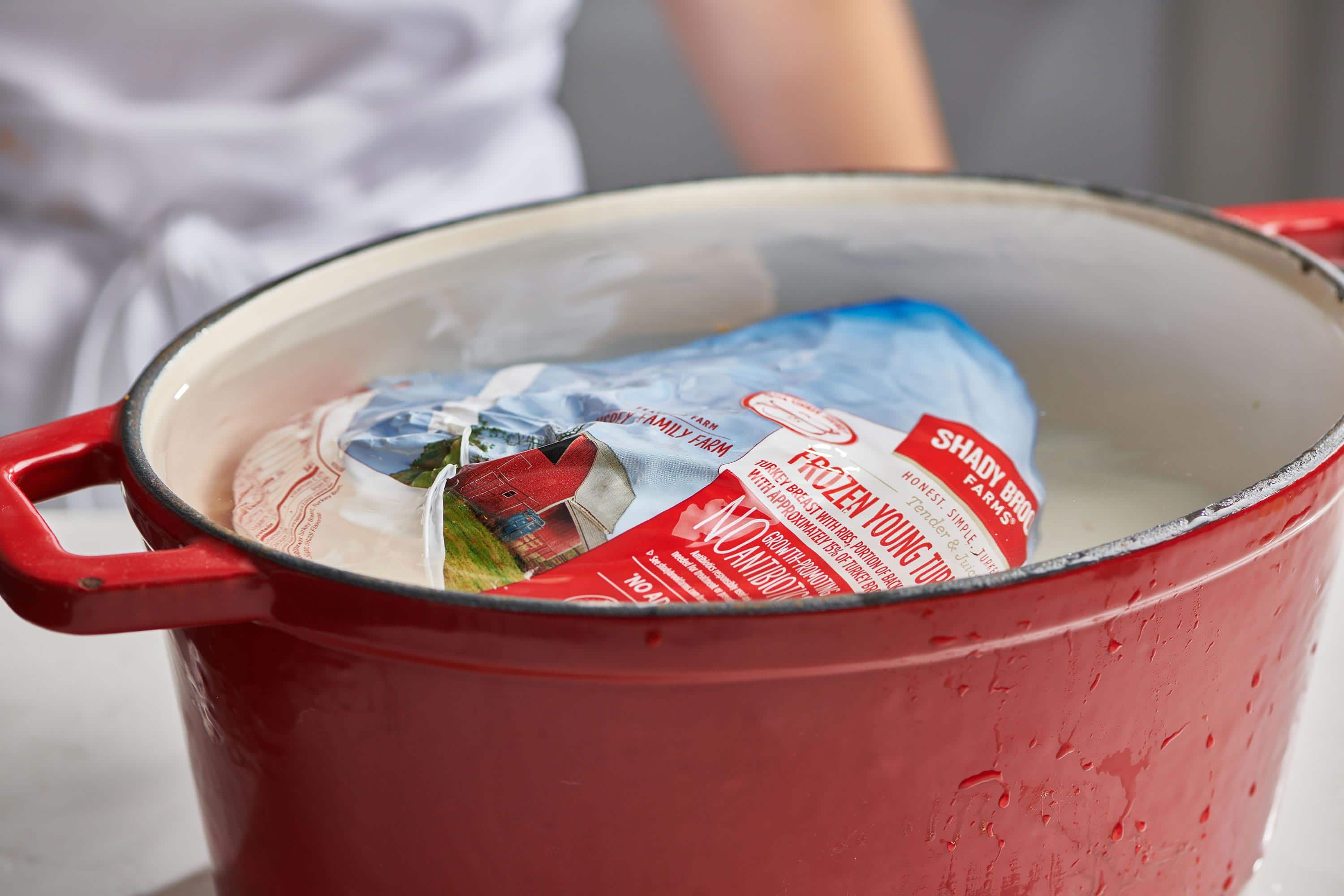


:max_bytes(150000):strip_icc()/ThawingTurkey-copy-957c05ecd59a41ac8e77829149f44a4d.png)
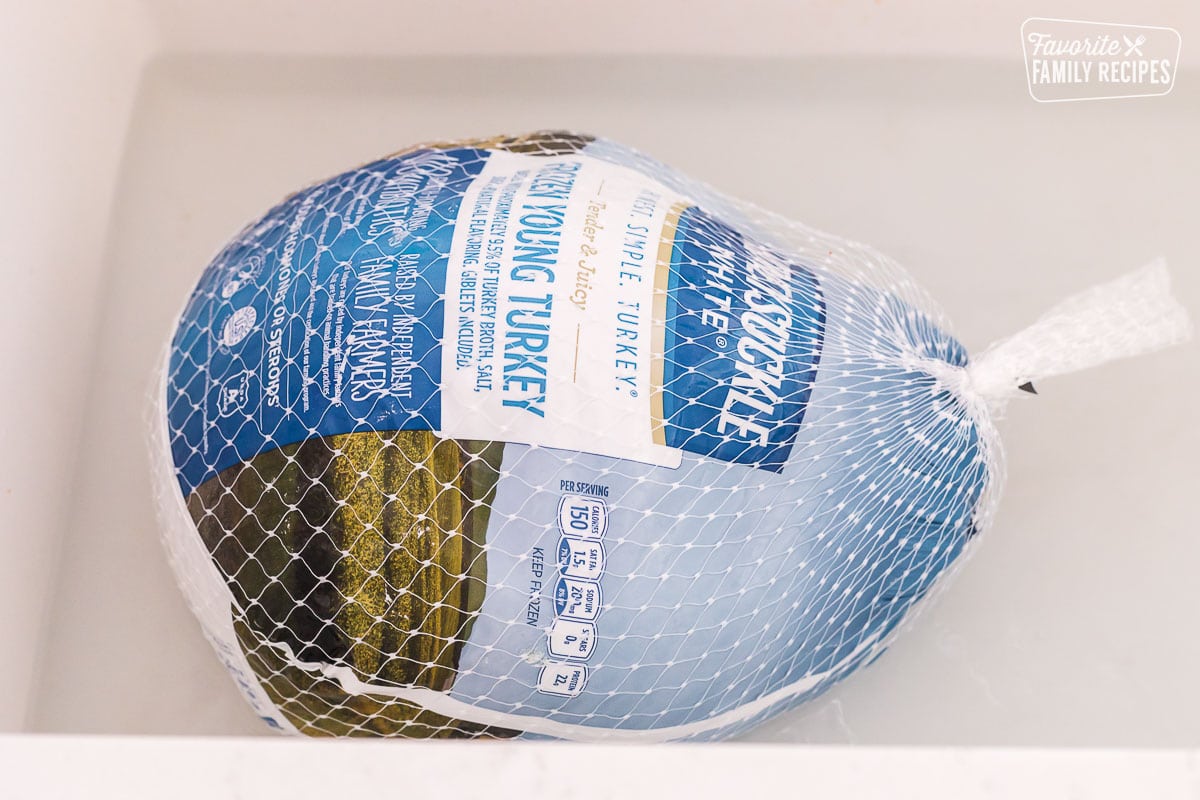

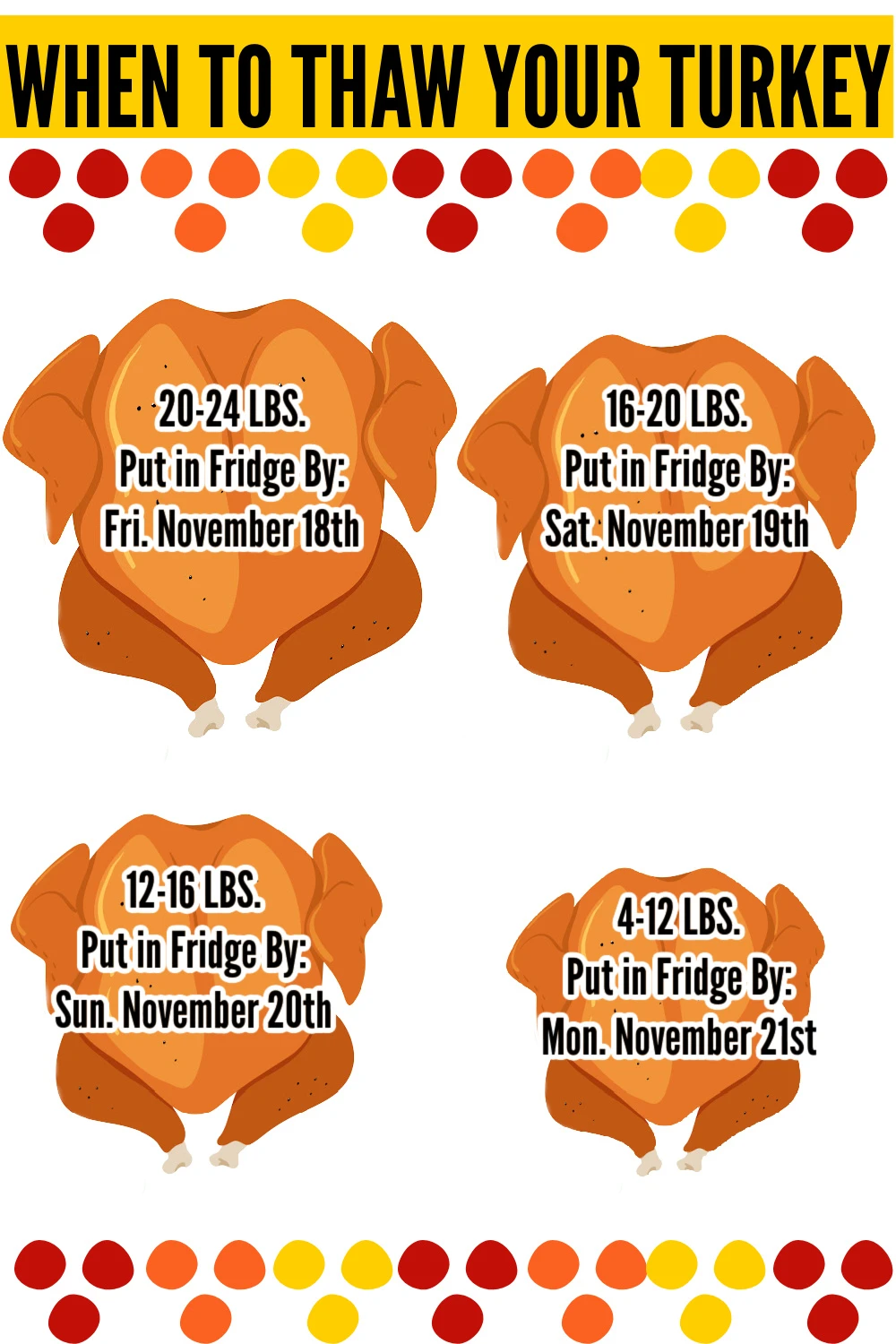


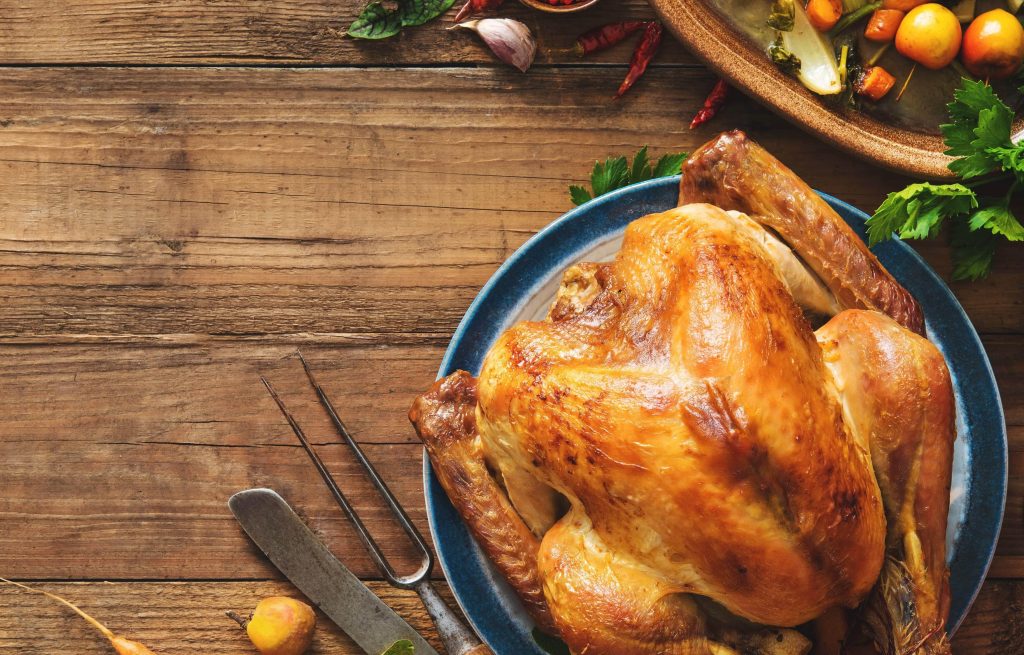

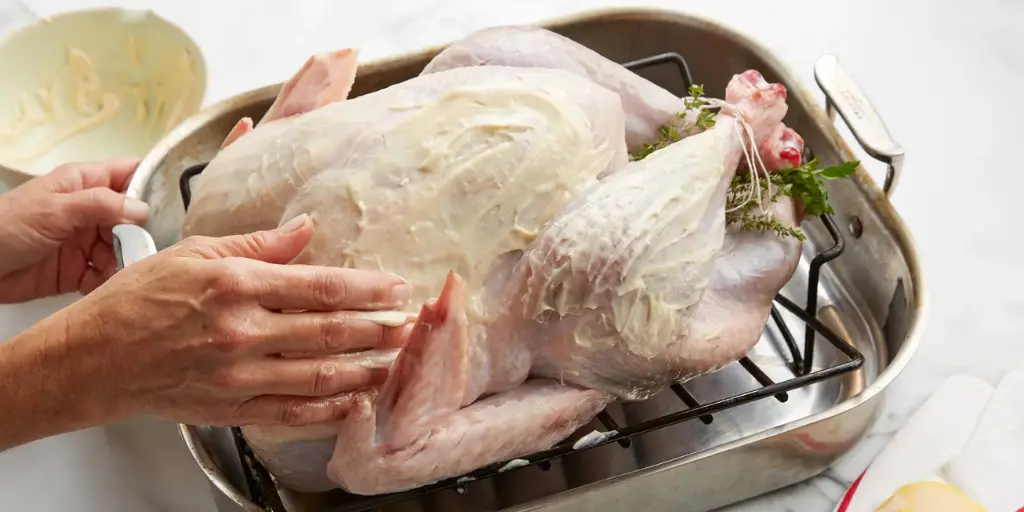
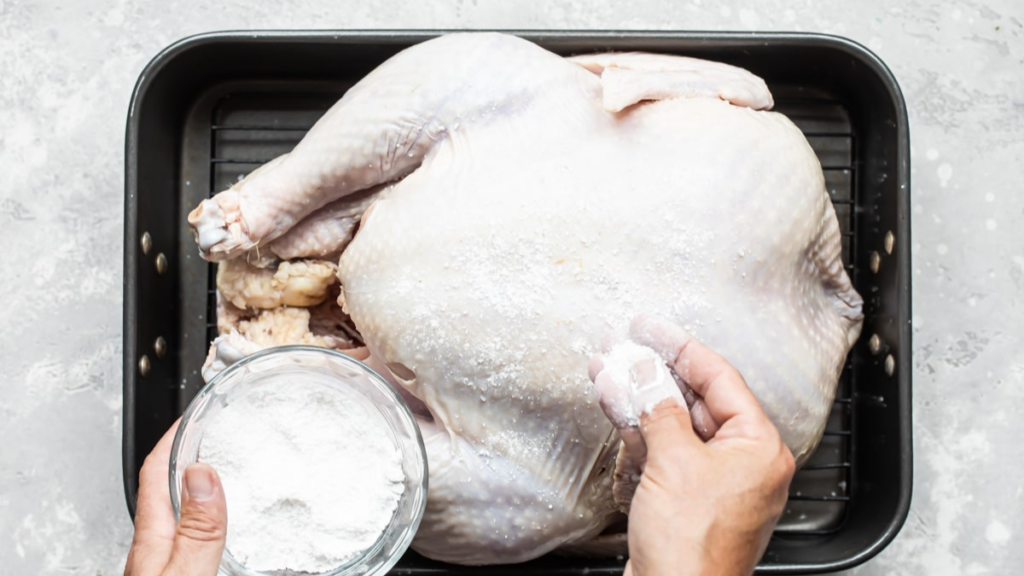

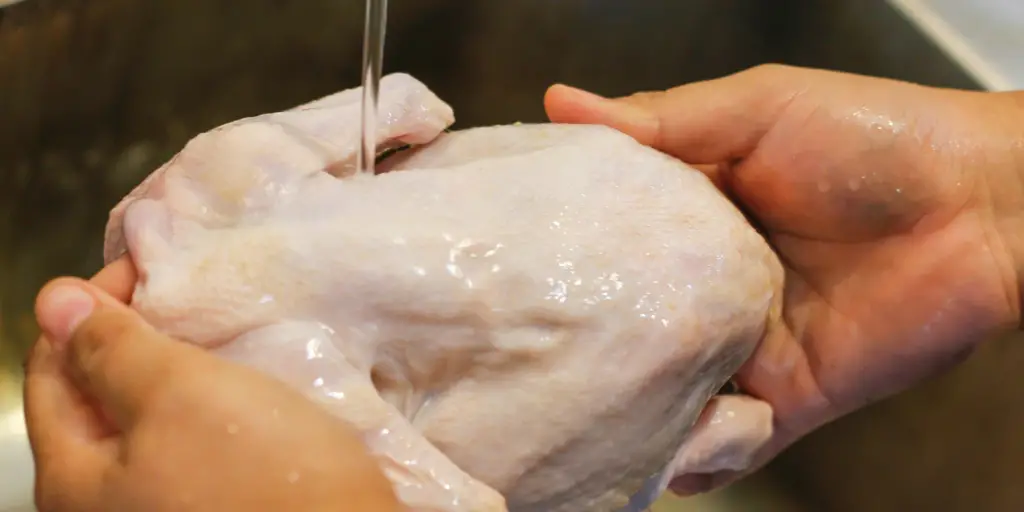

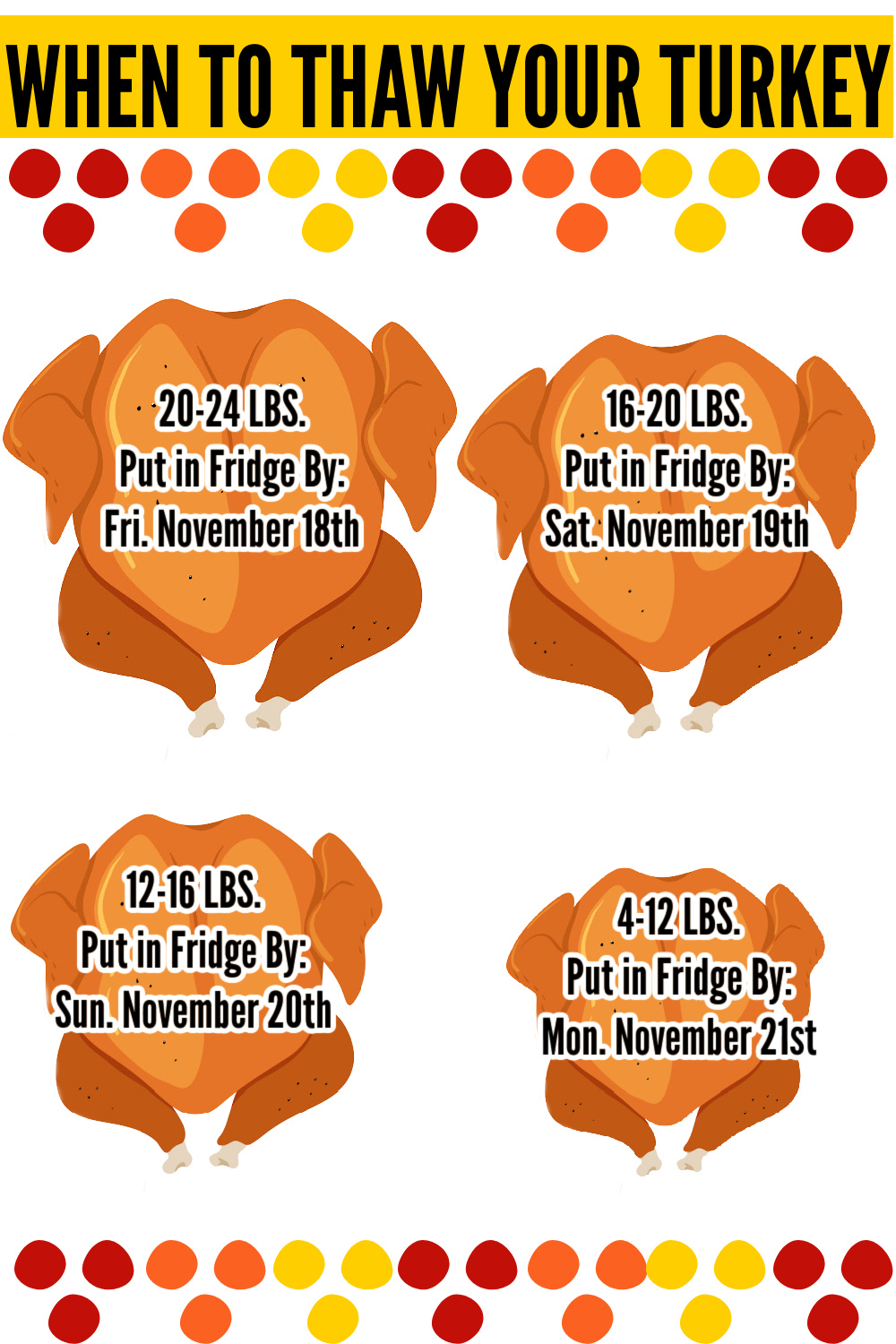



:max_bytes(150000):strip_icc()/how-to-thaw-meat-quickly-1388007-ADD-FINAL-V3-9bf7ba24bab94ad6a0422da0510765c3.png)




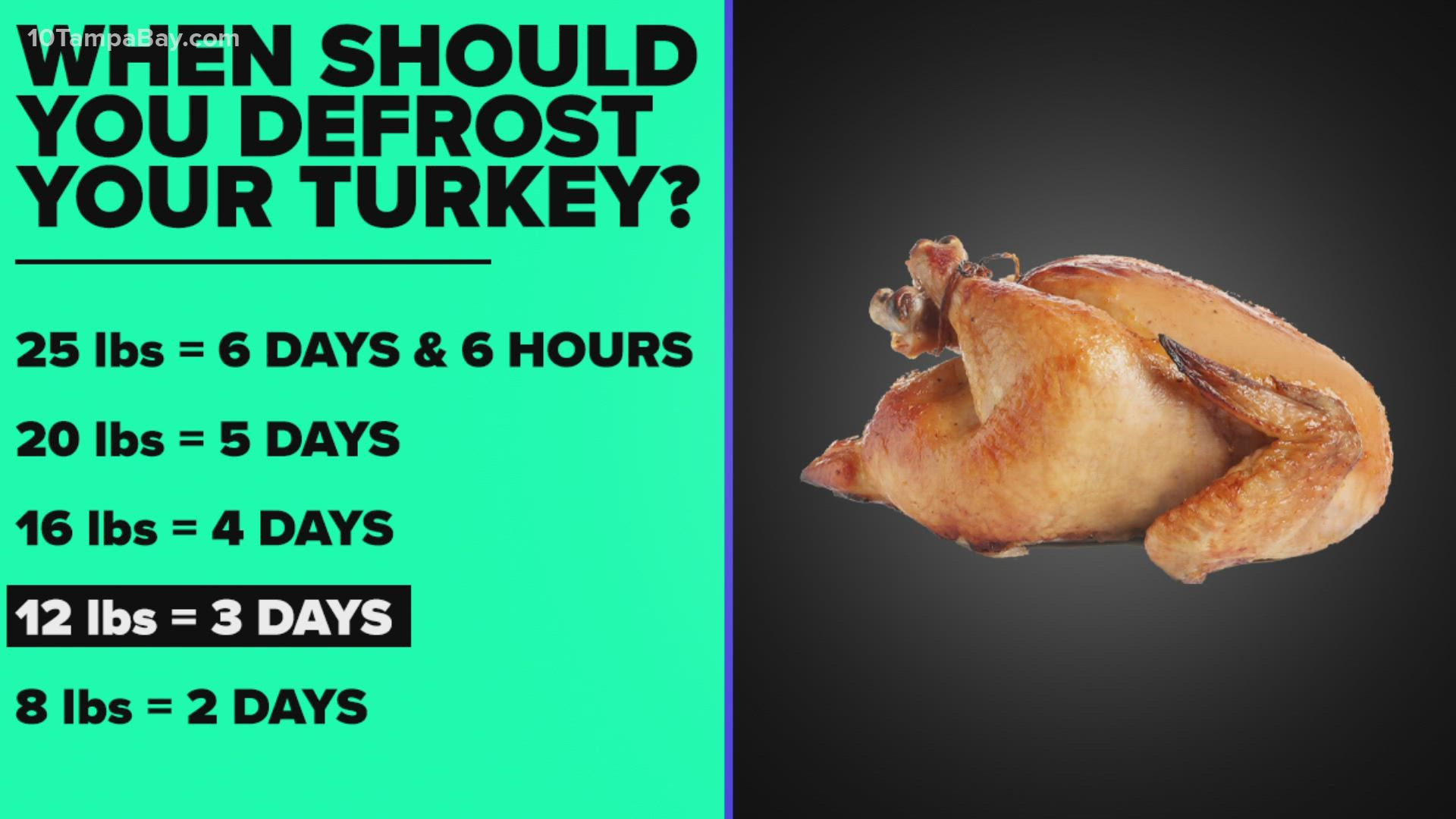




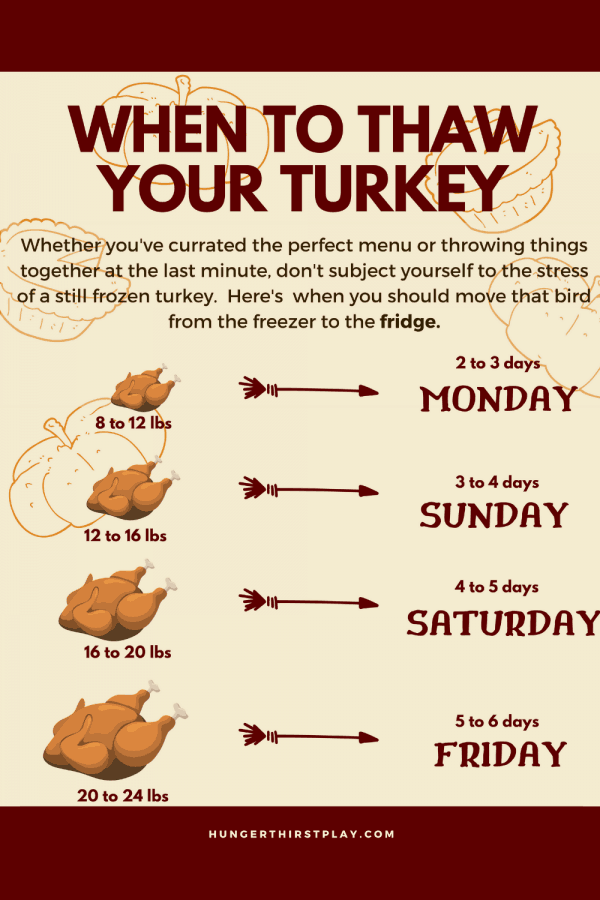






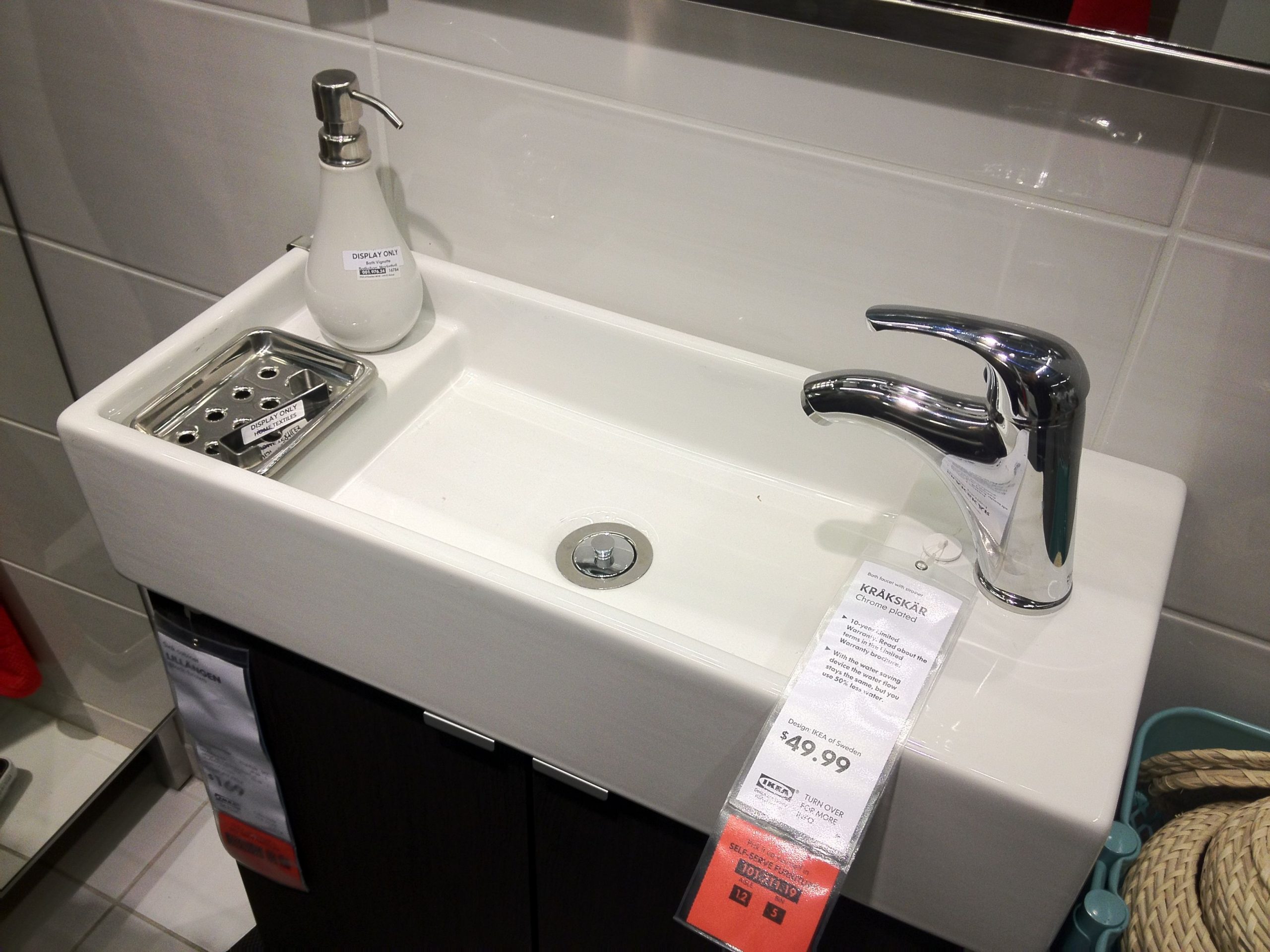
/cdn.vox-cdn.com/uploads/chorus_image/image/53870459/normascafeGH.0.0.jpg)
